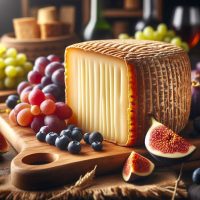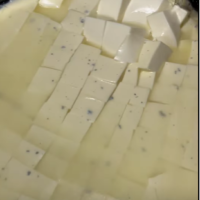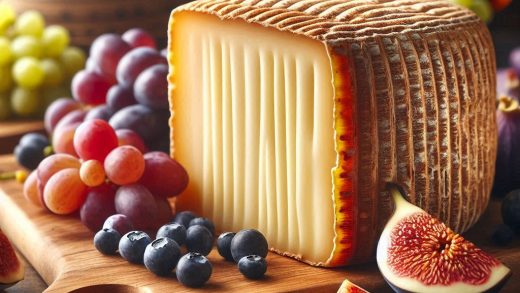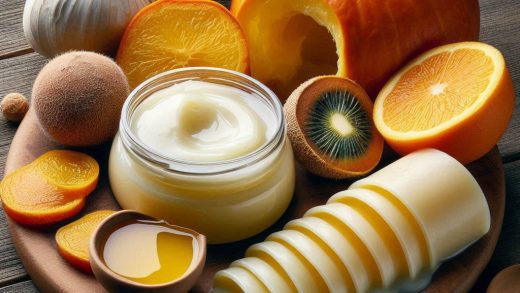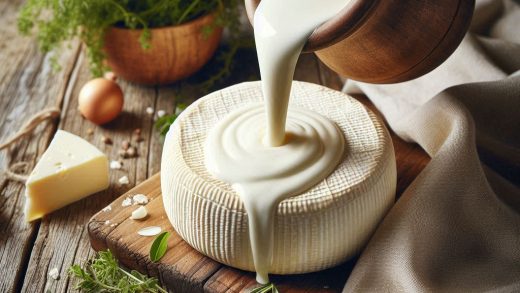Sometimes, yes, you can buy cheese directly from cheese caves. Many caves, particularly those focused on smaller-scale production or those offering tours, have shops or tasting rooms where you can purchase their cheeses.
Ever wonder how milk turns into amazing cheese? Picture a cool, damp cave. It’s filled with rows of ripening cheeses. These are cheese caves, nature’s aging rooms.
For ages, cheesemakers have used them. They control the temperature and humidity. This makes the cheese taste special. Caves are key to cheesemaking. They’re important for all kinds of cheese.
Think creamy Brie or sharp Cheddar. But can you buy cheese right from a cave? Sometimes you can, but not always. Some caves sell cheese directly. It’s a fun experience. But many caves just age cheese. Then they send it to stores and restaurants.
Let’s explore cheese caves. We’ll see if you can buy cheese there. These flavor-filled places are really interesting.
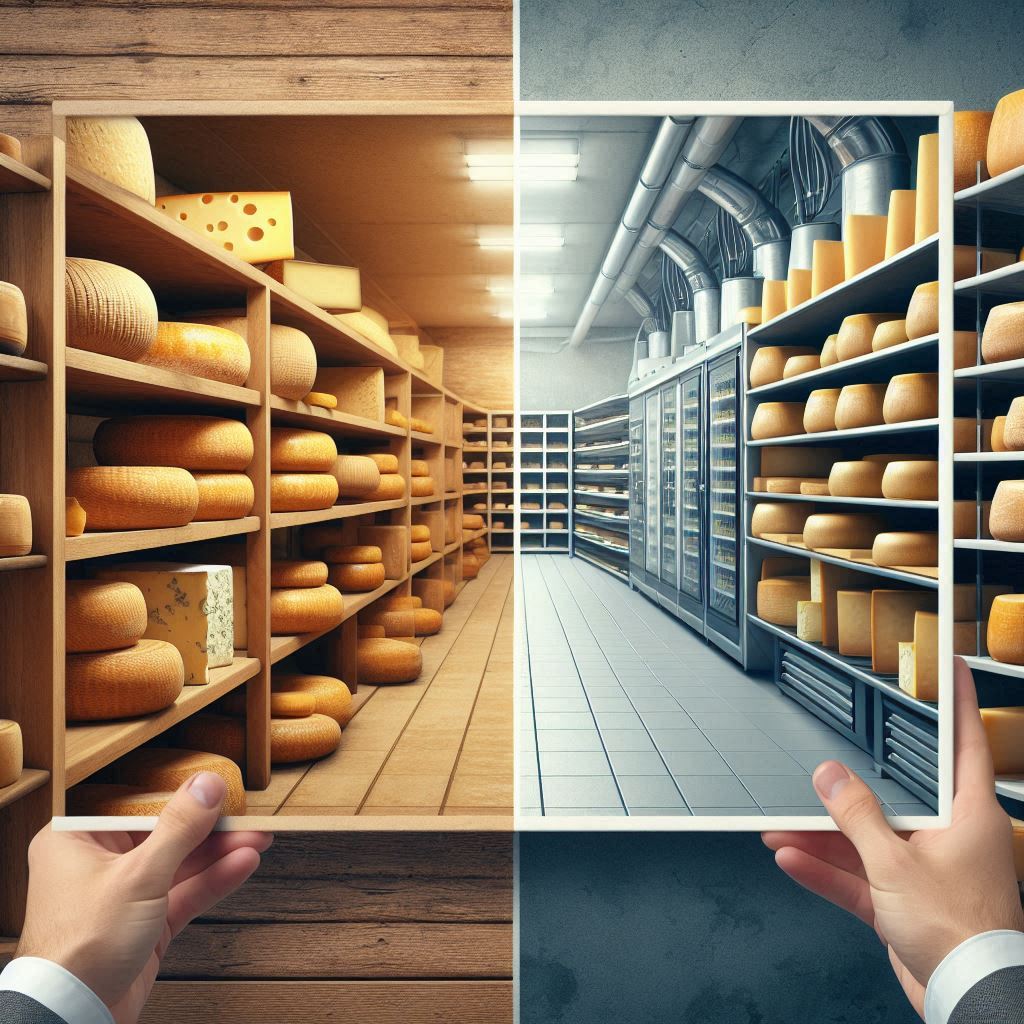
What are Cheese Caves?
Cheese caves are special places where cheese goes to mature and become delicious. They’re like spas for cheese! Some caves are natural, carved into hillsides or mountains.
Think of them as nature’s refrigerators, perfect for aging cheese for centuries. Others are man-made, built to recreate the same perfect conditions. These can be old cellars or even brand-new, high-tech rooms. Whether old or new, natural or built, they all have the same goal: to make amazing cheese.
What makes a cheese cave so special? It’s all about the environment. The ideal cheese cave is cool and damp.
Think about a basement on a summer day – that’s the kind of feeling. The temperature needs to be just right, usually between 45 and 55 degrees Fahrenheit.
The air needs to be humid, too, like a gentle rain forest. And a little bit of airflow is important, like a soft breeze, to keep things fresh.
Inside the cave, something magical happens. The cheese ages, and its flavors change and deepen. It’s like the cheese is having a flavor party!
The texture changes too, becoming creamy or crumbly, depending on the type of cheese. And the smells! A cheese cave is full of amazing aromas, earthy and sometimes a little bit funky. This whole process is called “affinage,” which is just a fancy word for cheese aging.
The cave master, or affineur, is like a cheese babysitter, carefully watching the cheeses as they mature, making sure they’re perfect. They might turn the cheeses, brush them, or even wash them with special liquids. It’s a real art!
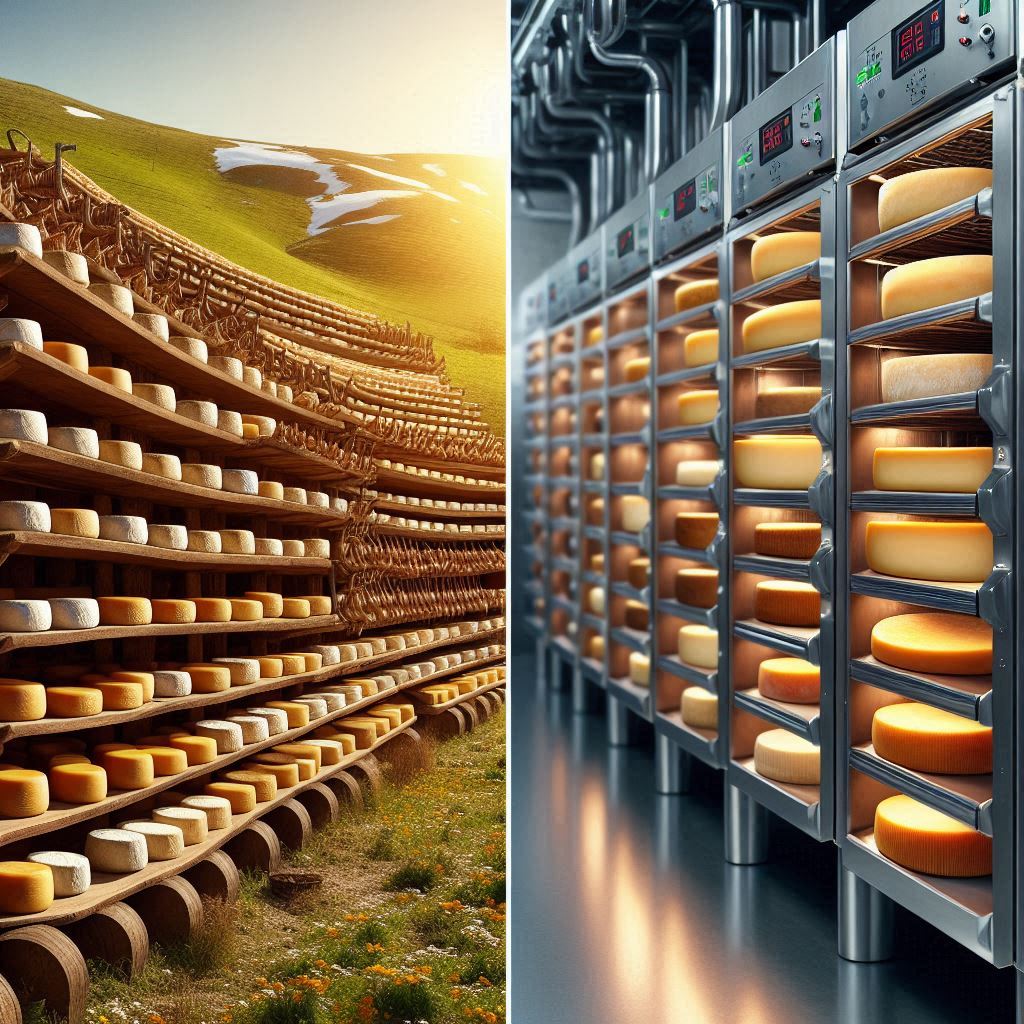
Can You Buy Cheese Directly from Cheese Caves?
So, can you actually buy cheese right from a cheese cave? It’s a great question, and the answer is a little tricky. It’s not always a simple yes or no. Think of it like asking if you can buy cookies from a bakery’s kitchen – sometimes you can, sometimes you can’t.
Some caves are like cheese shops
Imagine walking into a cool cave and seeing a little counter with delicious cheeses on display. Some cheese caves have small shops or tasting rooms where they sell the cheese they age right there.
It’s like buying fresh bread from the baker! These places often offer a really special experience, letting you taste the cheese and learn about how it’s made.
Many caves are busy workplaces
Other caves are mainly focused on making and aging cheese. They’re like busy factories, and they send their cheese to stores and restaurants. They might not have the time or setup to sell directly to people.
Tours and tastes
Some caves offer tours. You can go inside, see how things work, and maybe even taste some cheese. Sometimes, these tours include a chance to buy cheese, but not always.
Online cheese adventures
More and more, cheese caves are selling their cheese online. So, even if you can’t visit the cave in person, you might be able to buy their cheese from their website.
For example, some famous caves, like those in Roquefort, France, often have tasting rooms where you can buy their special cheese. But other caves, especially smaller ones, might only sell to shops.
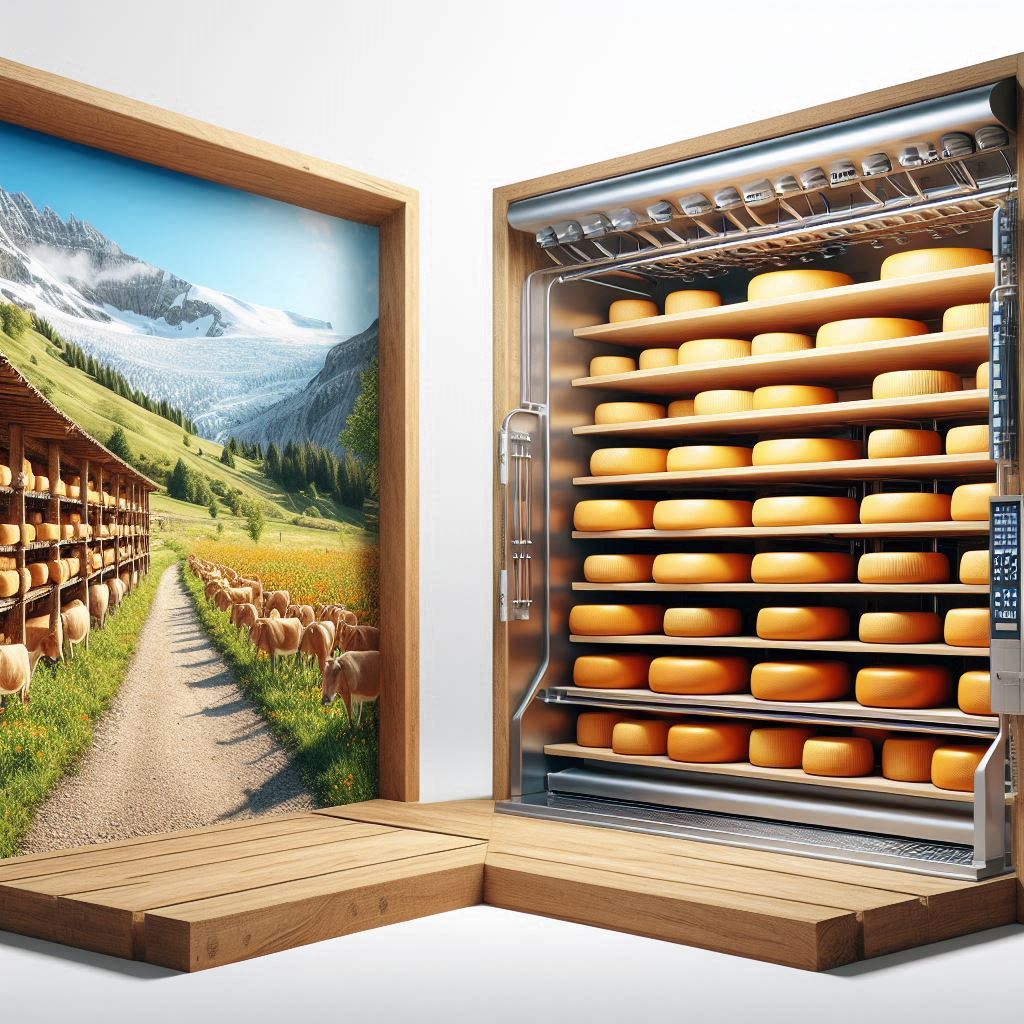
Famous Cheese Caves to Explore
Let’s take a trip around the world (virtually, of course!) to explore some amazing cheese caves. These aren’t just places to store cheese; they’re part of the cheese’s story.
Roquefort Caves, France
Location: Roquefort-sur-Soulzon, France
History: These natural caves have been used to age Roquefort cheese for centuries! It’s said that a shepherd boy discovered the magic of Roquefort when he left his lunch of bread and cheese in a cave and came back to find it transformed.
Cheese: Roquefort, a blue cheese with a strong, sharp flavor.
Tours/Sales: Many producers offer tours of their caves, and you can often buy Roquefort cheese directly from them or in local shops.
Website: Many Roquefort producers have individual websites, and the Roquefort Consortium website can provide general information.
Grotte di stagionatura del Parmigiano Reggiano, Italy:
Location: Various locations in the Parmigiano-Reggiano production area of Italy.
History: While Parmigiano-Reggiano doesn’t rely on natural caves, some producers use specially designed aging rooms that mimic cave conditions. These “caves” are essential to the cheese’s long aging process.
Cheese: Parmigiano-Reggiano, a hard, granular cheese with a nutty flavor.
Tours/Sales: Many Parmigiano-Reggiano producers offer tours of their facilities, including the aging rooms. Direct sales are often available.
Website: The Consorzio del Formaggio Parmigiano-Reggiano website can help you find producers.
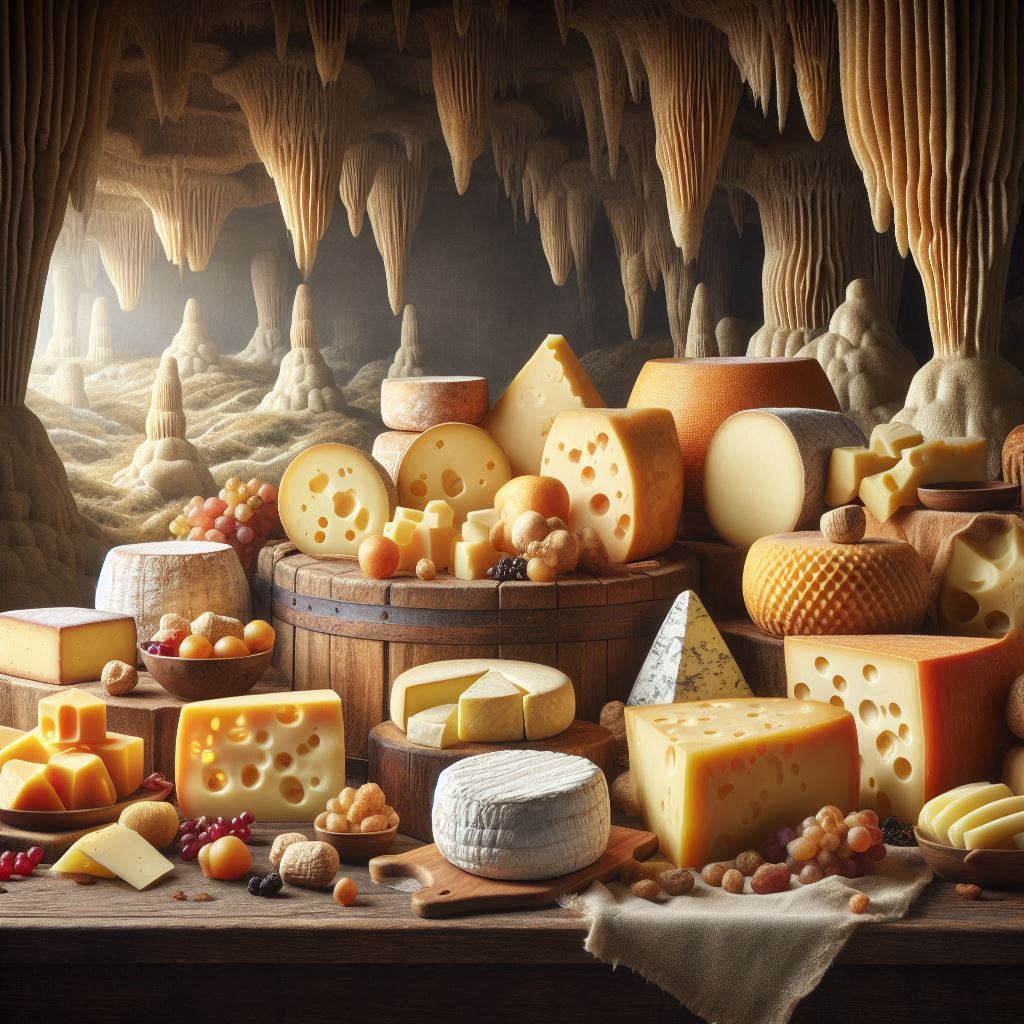
Jasper Hill Farm, Vermont, USA
Location: Greensboro, Vermont, USA
History: Jasper Hill Farm has built its own aging caves, carefully designed to create the perfect environment for their cheeses.
Cheese: Various cheeses, including Harbison, Bayley Hazen Blue, and Cabot Clothbound Cheddar.
Tours/Sales: Jasper Hill offers tours and has a farm store where you can buy their cheeses.
Website: jasperhillfarm.com
These are just a few examples. There are amazing cheese caves all over the world, each with its own story and unique cheeses. Exploring them, even virtually, is a delicious adventure!
The Cheese Aging Process in Caves (Deeper Dive)
Let’s dive deeper into the fascinating science behind cheese aging in caves. It’s not just about storing cheese; it’s about transforming it! Think of the cave as a stage where tiny actors—microbes like bacteria and molds—work their magic.
The cave’s environment is key to this transformation. The cool, humid air provides the perfect conditions for these microbes to thrive.
They’re like tiny chefs, each with their own special recipe for flavor. Some microbes break down proteins, making the cheese softer and more flavorful.
Others create those characteristic holes in cheeses like Swiss. And some, like the Penicillium roqueforti mold in Roquefort, create those delicious blue veins and sharp, tangy flavors.
The cave’s humidity is also crucial. It helps the cheese age evenly and prevents it from drying out too quickly. Imagine a raisin versus a grape – the raisin is dry and shriveled, while the grape is plump and juicy. The right humidity keeps the cheese “plump” with flavor.
Cave-aged cheese is different from cheese aged in other places because of this unique environment. While modern aging rooms can try to mimic cave conditions, they can’t always perfectly replicate the complex ecosystem of a natural cave.
Cave-aged cheeses often have a more complex and nuanced flavor, a richer aroma, and a unique texture that reflects the specific conditions of the cave. It’s like the difference between a home-cooked meal and fast food – both are food, but one has a special something extra.
Now, let’s talk about the affineur. This is the cheese expert, the “cheese whisperer” who guides the aging process. They understand the science of cheese aging, but they also have a deep appreciation for the art of it.
The affineur carefully monitors the cheeses in the cave, checking their temperature, humidity, and appearance. They might turn the cheeses regularly, brush them, or even wash them with special brines or liquids.
They’re like conductors of an orchestra, making sure all the different elements come together to create a harmonious and delicious cheese. Their expertise is essential to bringing out the best in every cheese.
Finding and Buying Cave-Aged Cheese (Practical Tips)
So, you’re ready to explore the world of cave-aged cheese! Even if you can’t visit a cheese cave yourself, you can still find these delicious treasures. Here’s how:
Specialty Cheese Shops
These are your best bet. Cheese shops often have knowledgeable staff who can guide you through their selection of cave-aged cheeses.
They can tell you about the cheese’s origin, flavor profile, and even suggest pairings with wine or other foods. It’s like having a personal cheese sommelier!
Online Retailers
Many online stores specialize in cheese and offer a wide variety of cave-aged options. This can be a great way to discover cheeses from around the world that you might not find in your local store. Just be sure to choose a reputable retailer that ships cheese carefully.
Farmers’ Markets
Don’t forget your local farmers’ market! You might find cheesemakers there who age their cheeses in caves and sell them directly to you. This is a great way to support local producers and learn about their cheesemaking process.
Tips for Choosing
When selecting cave-aged cheese, ask about its origin and aging process. Look for cheeses that have a good aroma and a texture that matches the type of cheese. Don’t be afraid to ask for a taste! A good cheese shop will be happy to let you sample before you buy.
Why is it pricier? Cave-aged cheese tends to be more expensive for a few reasons. First, the aging process takes time and expertise.
The affineur’s skill and the careful monitoring of the cheese add to the cost. Second, the unique environment of a cheese cave can be difficult to replicate, making cave-aged cheese a more special and sought-after product.
Think of it as an investment in flavor! A little bit of really good cheese can go a long way.
FAQs
Is there still cheese in the cheese caves?
Yes, there is still cheese in cheese caves. Cheese caves, whether natural or man-made, are actively used for aging cheese.
They provide the controlled environment necessary for developing the unique flavors and textures of many cheeses. So, if a cave is labeled a “cheese cave,” you can be sure it’s housing aging cheese.
What is the most expensive cheese you can find?
The most expensive cheese you can find is often tied to rarity, aging, and specific production methods.
While prices fluctuate, you’ll frequently see cheeses like Pule (made from donkey milk) and extremely aged varieties of Parmigiano-Reggiano or Comte fetching top dollar, sometimes thousands per pound.
These prices reflect the labor, unique ingredients, and extended aging involved.
Can you get cheese in Minecraft?
No, you cannot get cheese in Minecraft. While the game features many food items, cheese is not among them. You can’t craft it, find it in naturally generated structures, or obtain it through trading with villagers.
Which cheese is 100% real cheese?
All cheese, by definition, is “real” cheese if it’s made from milk, rennet, and cultures.
There isn’t a category of “100% real” versus “not real” cheese. Imitation cheese products exist, but they are clearly labeled as such and are not considered cheese. So, any product labeled simply “cheese” is, in fact, real cheese.
Conclusion
So, while buying cheese directly from a cave isn’t always possible, it’s definitely worth exploring the world of cave-aged cheeses. Remember, some caves have shops, others offer tours, and many sell online.
Our initial question, can you buy cheese directly from cheese caves, has a nuanced answer: sometimes, yes, but often, you’ll find cave-aged cheese at specialty shops or online.
Now, it’s your turn! Go out and discover the amazing flavors of cave-aged cheese. Visit a local cheese shop, explore online retailers, or learn more about the fascinating process of cheese aging. Your taste buds will thank you!



